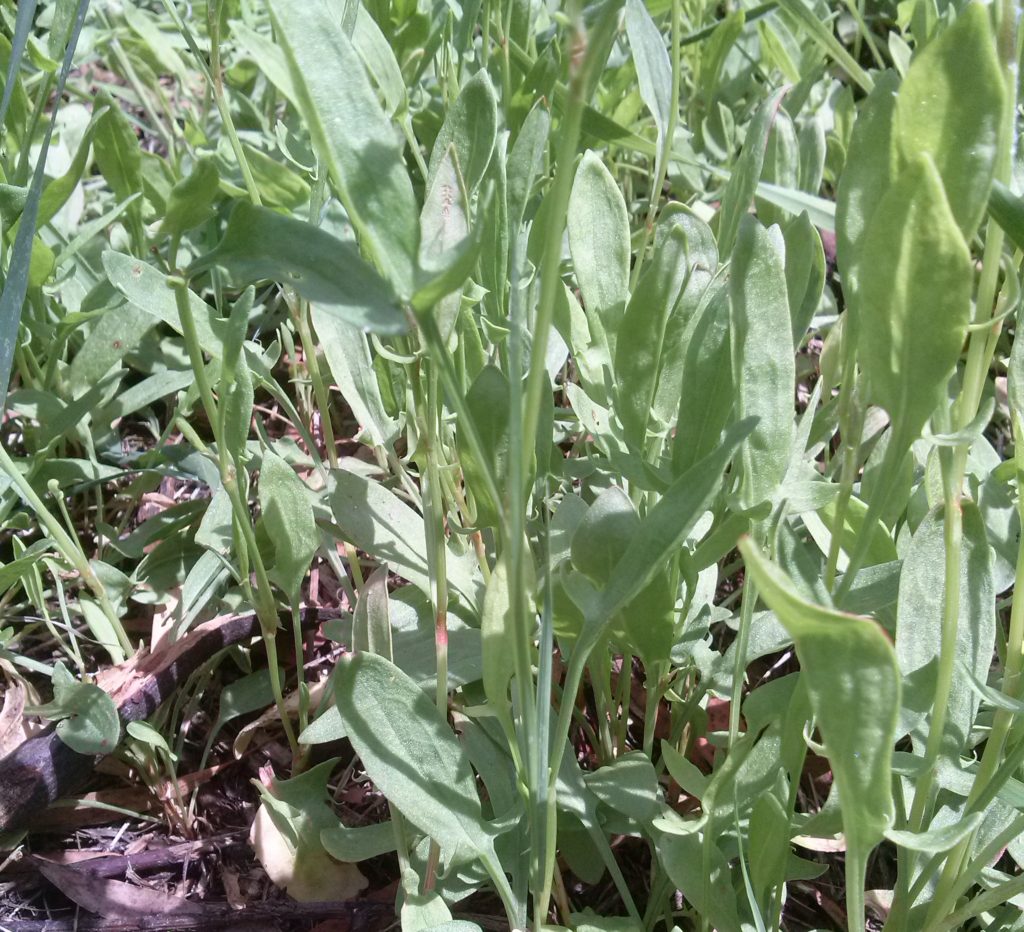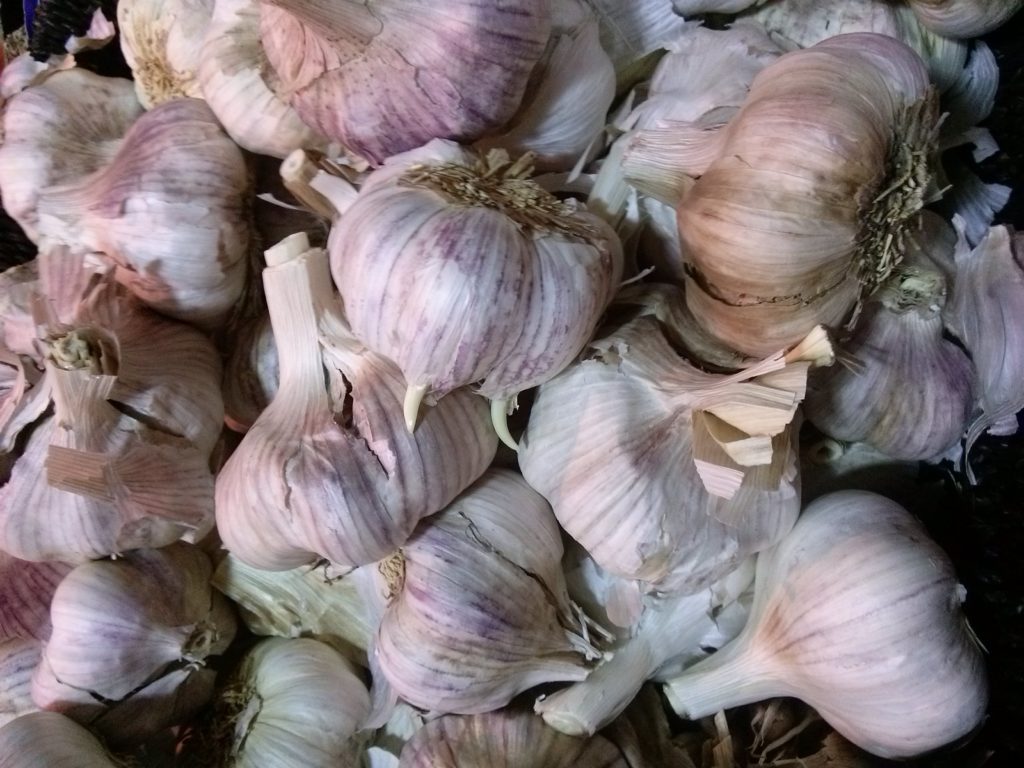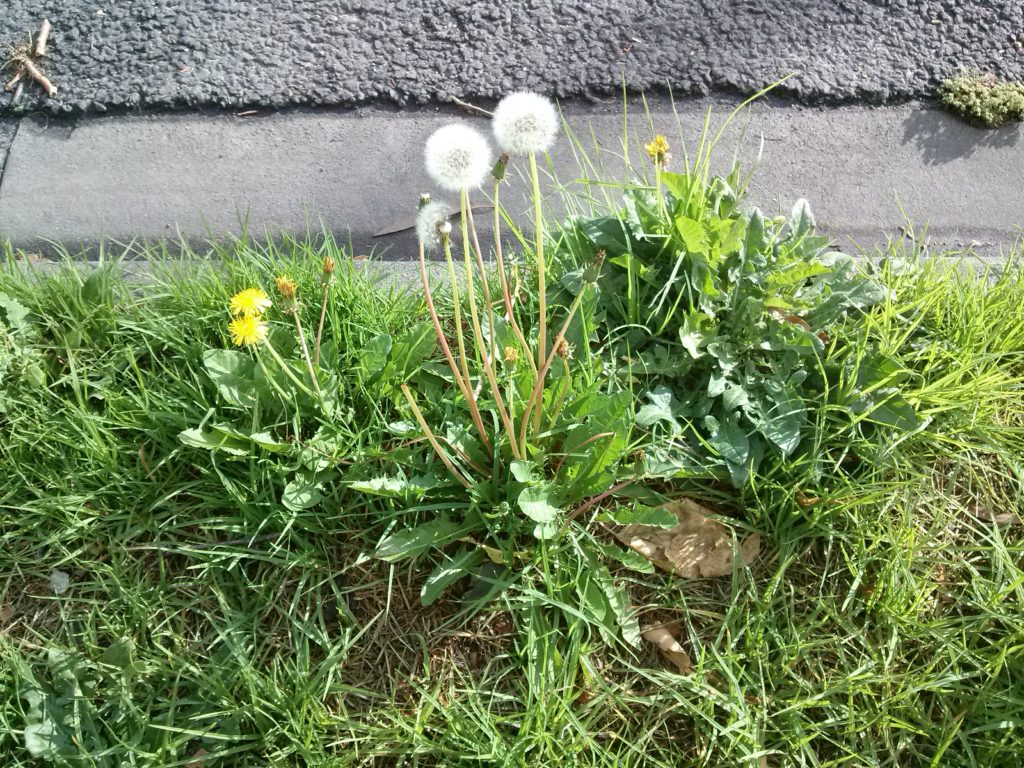Author Archives: marktsaloumas
Candidiasis is an infection caused by the yeast (fungus) Candida albicans or other species. This particular organism is normally present on the skin and mucous membranes of healthy people, but only becomes a problem when conditions are conducive to its growth, the immune system is weakened or the integrity of the mucous membranes is compromised.
(more…)Rhubarb is an easily recognisable plant with large palmate leaves that stand on red stalks resembling celery. The fleshy root has tapering branches with a brown skin and yellow flesh. Turkish rhubarb (Rheum palmatum) is the principle species of rhubarb used in medicine, while common garden rhubarb (Rheum rhabarbarum) is similar in laxative effect, only weaker.
(more…)Chickens kept at home in the backyard produce eggs of varying size and colour, yet their nutritional quality, just like the uniform supermarket eggs, is determined by the bird’s diet. For instance, eggs that are laid by pasture-fed birds eat green grass and grubs which is necessary for the synthesis of omega-3 fatty acids, while grain-fed birds produce eggs that are high in omega-6 fatty acid instead.
(more…)
Sheep sorrel (Rumex acetosella) is a small, inconspicuous plant with lance-shaped leaves that have two small lobes at the stem. Sheep sorrel spreads easily from its shallow root system and appears in paddocks or along the side of the road, easily visible in spring because of its rusty-red flower spikes. This herb contains citric, malic, oxalic and prussic acid, making it a tangy addition to salads.
(more…)Leaky gut is an inflammatory condition of the small intestines in which the mucosal barrier shows increased permeability. This inner surface, approximately 400 m², forms a selectively permeable membrane between the contents of the gut and the blood so that nutrients can pass through to the liver; however, increased permeability allows the absorption of undigested food particles, micro-organisms, and toxins (i.e. lipopolysaccharide) which trigger an immune reaction.
(more…)Ulcers occur in the stomach and the entrance to the small intestine, and indicate a breakdown in the local mucosal barrier defences. The stomach is a hollow muscular bag which mixes food with enzymes, acid and other secretions, before being metered out into the small intestine (duodenum). The stomach and lining of the duodenum are protected by a thick coat of mucus against the acid and enzymes which would otherwise burn and digest the tissues. Mucus contains salts, protective antibodies, mucins and anti-microbial enzymes.
(more…)Dandelion (Taraxacum officinale) is a common herb of grasslands and paddocks easily identified by its yellow flowers and seed ‘clocks’. The flower stem rises up from the centre of a whorled base consisting of toothed leaves, and the whole plant exudes a white sap. Dandelion has many virtues as a medicinal herb but it is largely unknown in this respect in Australia, being considered a nuisance weed because it disturbs the neatness of manicured lawns.
(more…)Butter is a nutritious dairy product which is rich in fat-soluble vitamins and beneficial fats. It is made by churning fresh cream to separate the fat from the rest of the buttermilk so that the fat can be formed into a semi-solid block. Furthermore, raw milk can be left to stand before churning so that natural fermentation converts some of the milk sugar into lactic acid, giving the butter a sour taste (cultured butter). The finished butter can also be clarified in order to make ghee by heating it to remove additional milk solids and water.
(more…)Stomach acid, or gastric acid, is a fluid containing a mixture of hydrochloric acid, potassium chloride, and salt. The acid lowers the pH of the meal which sterilises it, and also activates pepsin, an enzyme that breaks down protein. Acid secretion also stimulates the pancreas and gall bladder. Secretions in the stomach and the rest of the digestive system are regulated by both hormonal and neural mechanisms.
(more…)
Garlic (Allium sativum) grows in the form of a bulb consisting of several cloves and produces a strong characteristic odour. The Egyptians fed it to the labourers who built the pyramids in order to build their strength and protect them from illness, and also used it to treat bites and skin irritations, according to the Hearst Medical Papyrus. The Greeks and Romans also knew it well, bringing it with them on military campaigns wherever they went to treat wounds. Dioscorides summarises the medicinal uses from antiquity: it is good for treating oedema, expels flatulence, kills many types of worms, and externally it is good for nits and lice. He adds that garlic clears the arteries, heals old coughs, treats acne and running ulcers.1
(more…)
